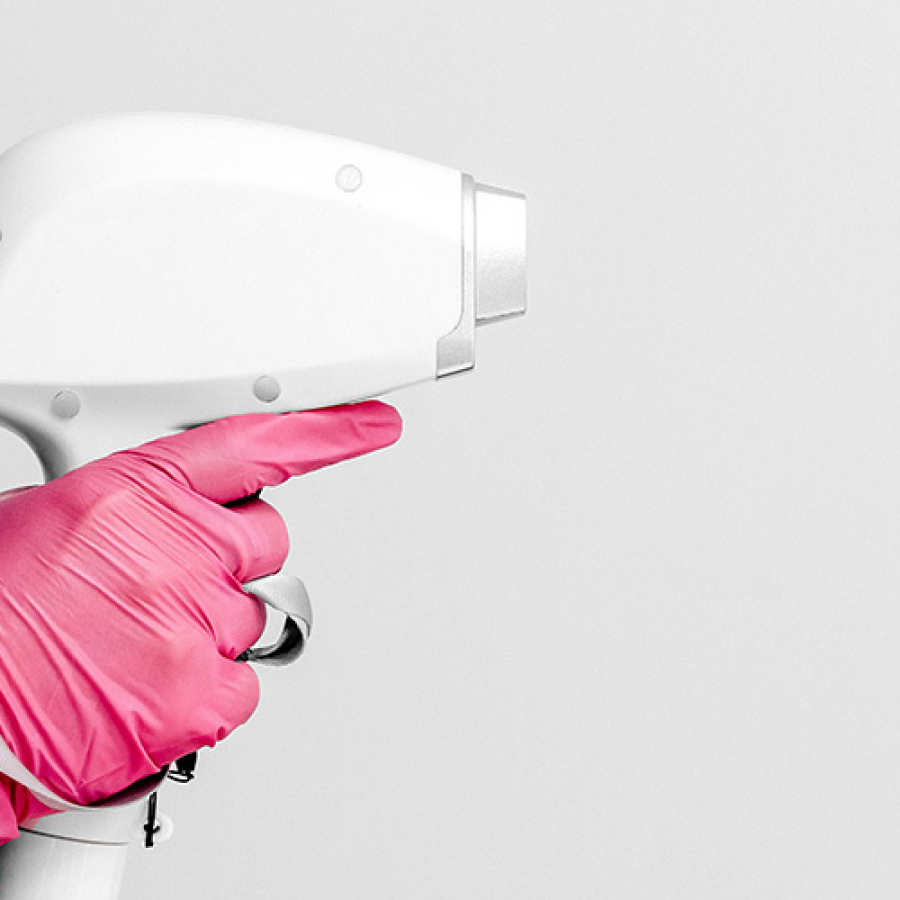
By Patrick O'Brien, JD, Legal Coordinator, American Med Spa Association
After three years of development, the U.S. Food and Drug Administration (FDA) has finally released its final guidance on microneedling devices; you can read it at the FDA's website. While these types of guidance documents are primarily of interest to manufacturers to aid in registering and developing their devices, they are still useful for the end user, since they help to guide what is permissible in marketing these devices. It should be noted that this guidance applies only to pure microneedling devices and does not include any combination device, so only multi-needle devices are counted—not radiofrequency or ultrasonic microneedling, and not devices meant to inject, acupuncture needles or tattoo machines. In that regard, this guidance may be of limited use, since the market has largely moved towards combined modality devices.
Microneedling devices meant for aesthetic use are classified as Class II devices. This determination is based on both the mechanical design of the device and the claimed benefits. It is possible for needle-based products to not be considered devices under the FDA rules and, thus, not need to be registered. In the FDA's formulation, if the product is meant to penetrate to the living layers of skin and treat wrinkles, scar tissue or stimulate collagen, it will be considered a device. However, if the product does not affect the living tissue at all and instead is intended to facilitate exfoliation or give skin a smoother, more luminous look, it may not be counted as a device. For these reasons, the FDA will look at both the physical properties of the device and the claimed or intended effects of the device.
While microdermabrasion machines are considered Class I devices, a microneedling device that is both incapable of penetrating the skin and marketed as only for exfoliation may not be considered a device at all. But, of course, if the product doesn't have any of the benefits of microneedling treatments, is it really appropriate to advertise it as microneedling?
The guidance concludes with a list of steps and considerations manufacturers should take when registering new microneedling devices, including conducting clinical studies to provide data and evidence for the intended benefits of the treatments and gathering safety and effectiveness data. These studies ultimately support the uses and advertising claims under which the devices can be marketed and limit the acceptable claims that the end users, medical spas and providers can make about the treatments.
While this is the "final" guidance on this topic, the FDA does still accept comments and feedback for possible future changes. Comments may be submitted electronically to the Federal eRulemaking Portal, located here, or in writing to:
Dockets Management Staff (HFA-305)
Food and Drug Administration
5630 Fishers Lane, Rm. 1061
Rockville, MD 20852
All submissions must include the title and Docket No. FDA-2017-D-4792 for "Regulatory Considerations for Microneedling Products."











